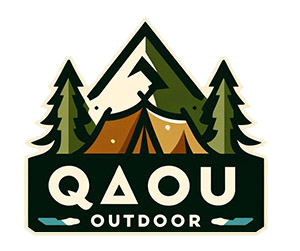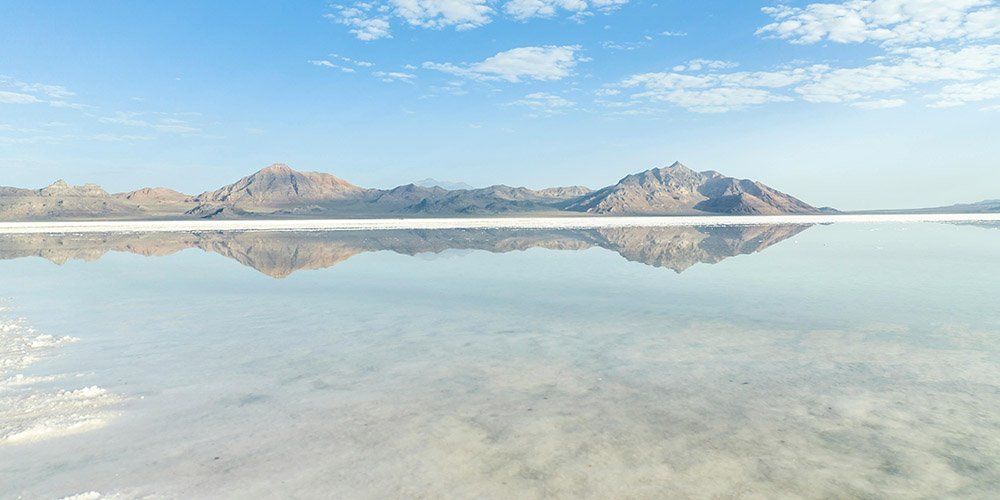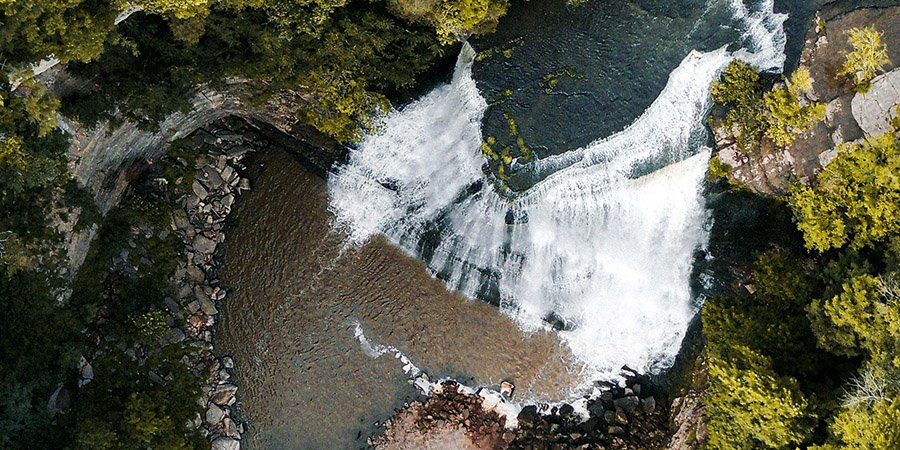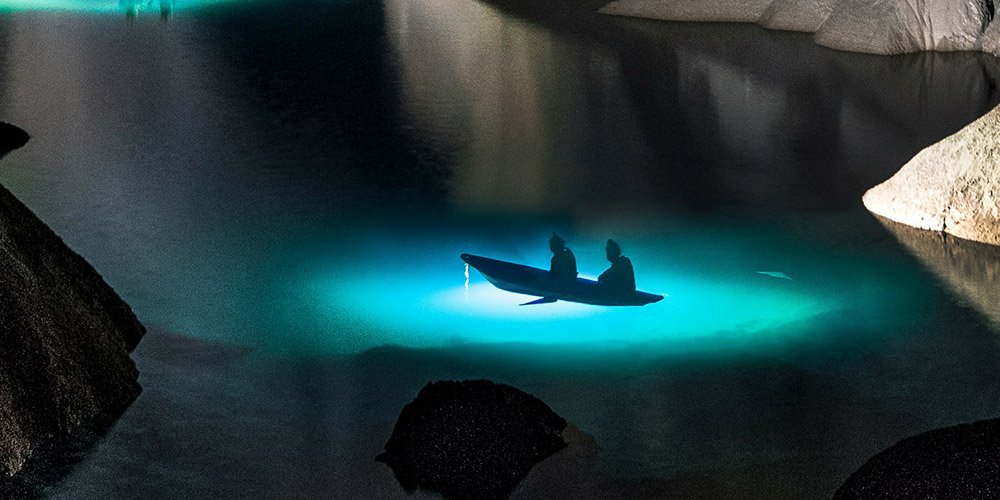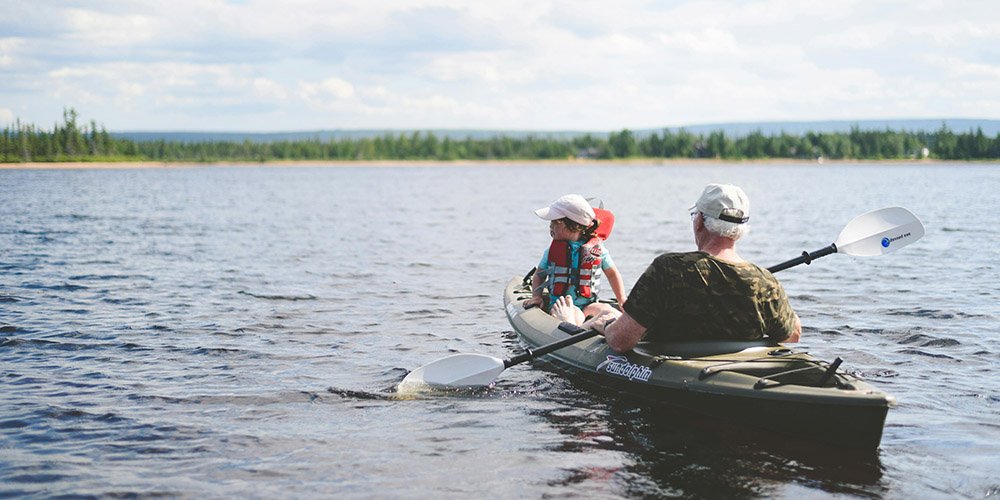No, You Can’t Kayak Down Salt Flats in Utah: Here’s Why
In recent years, images of kayakers paddling through surreal blue waters against the backdrop of Utah’s Bonneville Salt Flats have gone viral on social media. While these photos sparked widespread curiosity and excitement, they also caused significant misunderstandings.
What seemed like a magical and unique kayaking experience is, in reality, both dangerous and illegal. Let’s break down why kayaking on the Bonneville Salt Flats is off-limits and provide some safer alternatives for water recreation in Utah.
The Viral Misconception: How It All Started
In 2020, stunning images and videos surfaced showing people kayaking and paddleboarding on canals in the Bonneville Salt Flats. These turquoise-blue canals cutting through the white salt flats created a surreal, picturesque setting. Naturally, the imagery went viral, capturing the imaginations of adventurers and travelers alike. However, these visuals didn’t tell the whole story.
The canals seen in the images are not natural waterways or recreational areas—they are part of a potash mining operation managed by Intrepid Potash, a company that extracts minerals like potassium chloride from the salty brines beneath the flats
These canals were never intended for recreational use and contain high concentrations of salts and chemicals that make the water unsuitable for human contact.
Why You Can’t Kayak on the Salt Flats
Health and Safety Risks
The water in the mining canals is not just saltwater. It contains industrial chemicals and highly concentrated brine, making it unsafe for kayaking, paddleboarding, or swimming. Coming into contact with this water can cause skin irritation and other health risks due to the harsh, mineral-rich environment. Additionally, there are strong currents in certain sections of the canals that can be hazardous, even for experienced paddlers.
Legal Restrictions
The canals are located on a mix of private property and state-managed lands. Intrepid Potash owns and controls access to the canals, meaning that trespassing on these lands without permission is illegal. Authorities, including the Utah Highway Patrol, have stated that not only is entering the canals illegal, but parking along Interstate 80 to access them poses serious safety risks.
Several visitors have been fined for trespassing and parking violations, and law enforcement agencies are cracking down on these illegal activities to protect public safety and the environment.
The Environmental Impact of Kayaking on the Salt Flats
The Bonneville Salt Flats are a delicate and unique ecosystem, and activities like unauthorized kayaking or paddleboarding can cause unintended environmental harm. The salts and minerals that make up the flats are fragile, and disturbances from human activity can lead to erosion, degradation of the landscape, and potential harm to local wildlife.
Moreover, the canals are integral to the mining operation that sustains the area’s economy. Interference with these industrial processes could have unintended consequences for both the environment and the local industries that rely on the responsible extraction of minerals.
What the Authorities Are Saying
Local authorities have been vocal about discouraging visitors from attempting to kayak or paddle in these industrial canals. The Utah Highway Patrol has specifically mentioned the dangers of parking along the I-80 to access the canals. In addition to being illegal, parking along the busy highway puts visitors at risk of accidents and fines.
Despite the beautiful appearance of the canals, local law enforcement is committed to keeping people out of the area to prevent both accidents and trespassing.
What You Can Do Instead: Legal and Safe Water Recreation in Utah
While kayaking in the Bonneville Salt Flats is illegal and unsafe, Utah offers plenty of beautiful and legal locations for water activities. Here are a few alternatives:
- Great Salt Lake: Just north of Salt Lake City, the Great Salt Lake offers vast waters for kayaking and paddleboarding. Though the water is salty, it’s a legal and safe destination for a variety of water sports.
- Bear Lake: Known for its bright blue water, Bear Lake is perfect for kayaking, paddleboarding, and swimming. Located on the Utah-Idaho border, it’s a scenic and safe spot for water recreation.
- Mirror Lake: Situated in the Uinta Mountains, Mirror Lake offers stunning alpine views and calm waters ideal for paddling, fishing, and relaxing in a legal and scenic setting.
The Bottom Line: Stay Safe and Respect the Land
Kayaking down the Bonneville Salt Flats may seem like an unforgettable adventure, but it’s important to understand the risks, legal restrictions, and environmental impact. The blue canals are not a natural wonder but part of an industrial mining operation that is off-limits to the public. Trespassing in this area can result in fines, legal trouble, and potential harm to both yourself and the environment.
If you’re planning a trip to Utah and looking for water-based adventures, there are plenty of beautiful, safe, and legal alternatives to enjoy. Whether you’re exploring the serene waters of Bear Lake or paddling across the Great Salt Lake, you can still have an incredible outdoor experience while respecting the land and its regulations.
Always do your research before heading out on an adventure, and remember that some places—no matter how tempting they may seem—are best left undisturbed.
